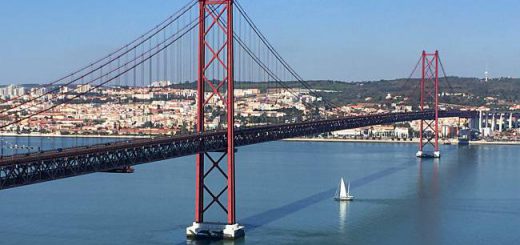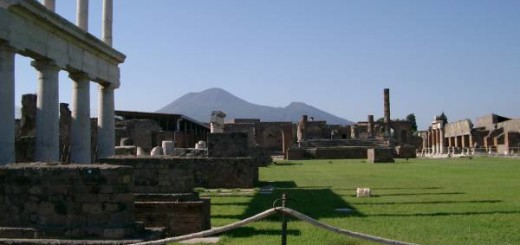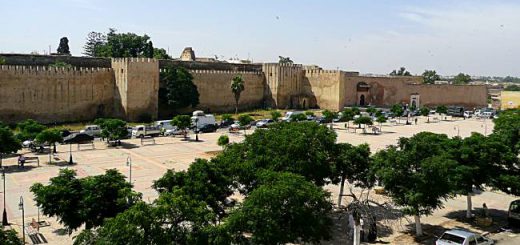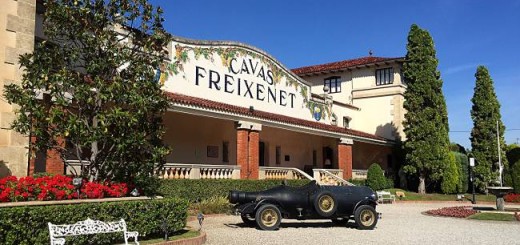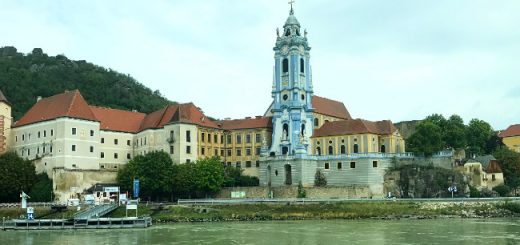Wertheim am Main
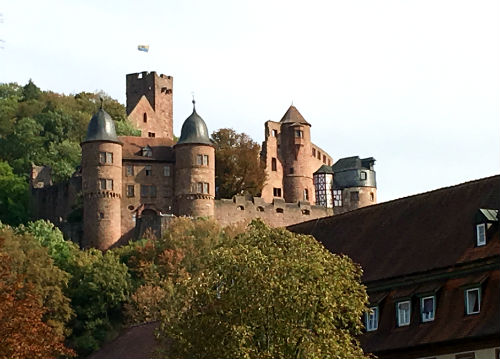
Located at the confluence of the Main and Tauber rivers, Wertheim relied on this strategic position, and defensive wall with 18 towers, to maintain its independence from surrounding cities during the Middle Ages. It had become a centre for Protestantism in contrast to the mainly Catholic region around it and it suffered a good deal of damage during the Thirty Years’ War (1618-1648)
High above Wertheim, with panoramic views of the surrounding area, is the Höhenburg Castle (Burg Wertheim), begun during the 12th century and extended in medieval times. Largely ruined as a result of an accidental explosion in 1619, it is still possible to take a tour of the somewhat restored site, and in summer it is used as a backdrop for numerous open air events. It is the major landmark and attraction of the town.
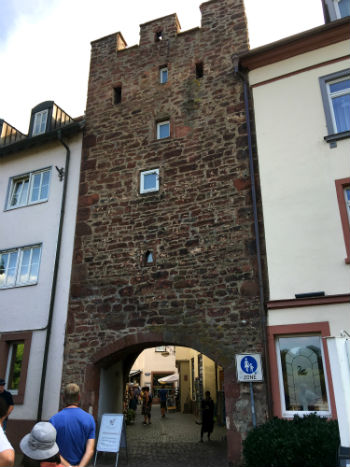
One of only three gates remaining of the 18 towers, the Main Gate, named after the river, was built between 1200 and 1400. This was our entry point to Wertheim, through Maingasse to the Marktplatz. The gate lost around 1.5 metres in elevation in 1883, when a series of floods raised the banks of the Main by this height. Floods continue to affect the town every three or four years, but there is not much the community can do to prevent them, so they have learned to live with it. A number of gates and houses have markers on them showing the height and year of the various floods.
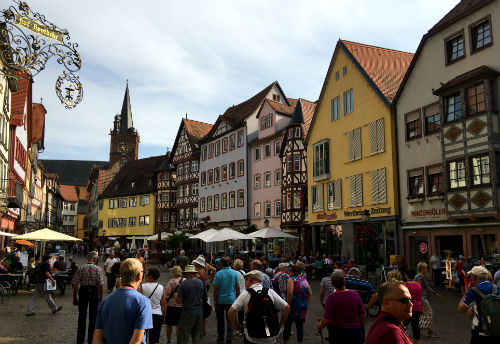
The Marktplatz is the heart of the old town, with its array of cafes and shops in half-timbered buildings that are beautifully preserved and in some cases dating back to the 16th century. The Green Market is held here every Saturday morning, featuring culinary delicacies from the region.

Constructed in 1520, the house at No.6 Marktplatz is one of Franconia’s oldest and probably narrowest buildings. Twice it is cantilevered to extend the size of rooms over the lane so that it is practically touching the the building on the other side.
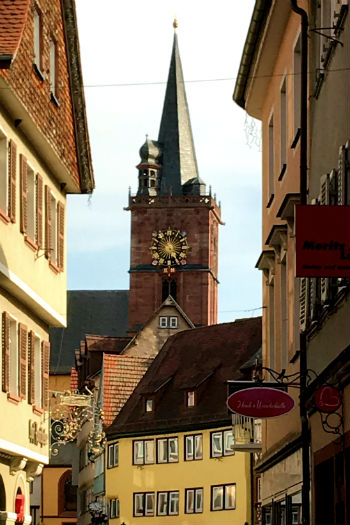
Seen from the Marktplatz, the Protestant Stiftskirche, or Collegiate Church of St Mary, began in 1833 as a Catholic church, but during the Reformation which took a strong hold in Wertheim, it became Lutheran from 1522. Interestingly, about a century later, the ruling aristocratic family, which had members of both denominations, allowed it to hold both Catholic and Protestant services until a new Catholic church was ready for use in 1842. The tower’s clockwork displays two differently styled clock dials – a unique feature. The face looking towards the castle inhabitants has only an hour hand, the gilded one with the year date 1544 facing the Market Square has an hour as well as a minute hand.
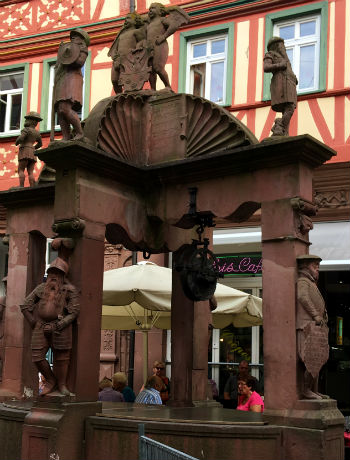
The Angels’ Well or Engelsbrunnen (1574) is a red sandstone municipal well on Rathausgasse, not far from the church. The two angels perched on its peak holding Wertheim’s coat of arms gave the well its name. The figures of the mayor, a councillor, the master builder and the artist, as well as some other prominent townspeople responsible for the erection of the well, adorn the corners of the structure.
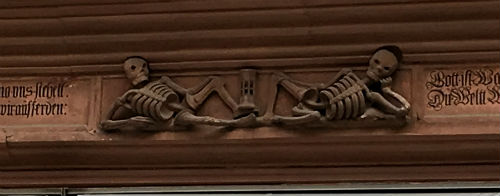
On the building directly behind it are two skeletons carved into the frieze of the building, carrying a warning from the dead. This area is not far from the original old cemetery. Legend has it that the skeletons belong to a general and a pauper, but it is impossible to tell the difference. The moral – you come into this world with nothing and you leave with nothing. We are all the same.
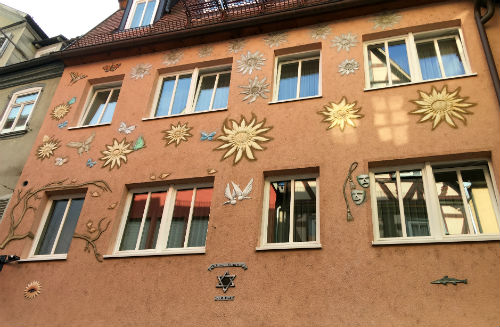
This former home of a Jewish family stood out from the rest due to its unusual plaster decorations. The once thriving Jewish community in Wertheim had dwindled to just 45 people by the outbreak of WWII and by October, 1940 the remaining 19 Jews were deported to Gur concentration camp in France. Few survived. The name of the house occupant is memorialised over the Star of David. Our guide told us that a former mayor of the town decided to create this memorial as a symbol of unity and recognition of the Jewish community’s sacrifice.

Sadly, our time in Wertheim was all too short, having spent the bulk of the day in Miltenberg. There was no time to visit the Village Shopping Centre, only enough time to walk through a few of the minor streets looking in shop windows. There were many glass manufacturers, gift shops and a Glass Museum – glass blowing being one of the major products of this town. It had been a very enjoyable day, thanks in a large part to our lovely, entertaining guide. Now, we looked forward to visiting another culturally and architecturally rich town – Würzburg.

